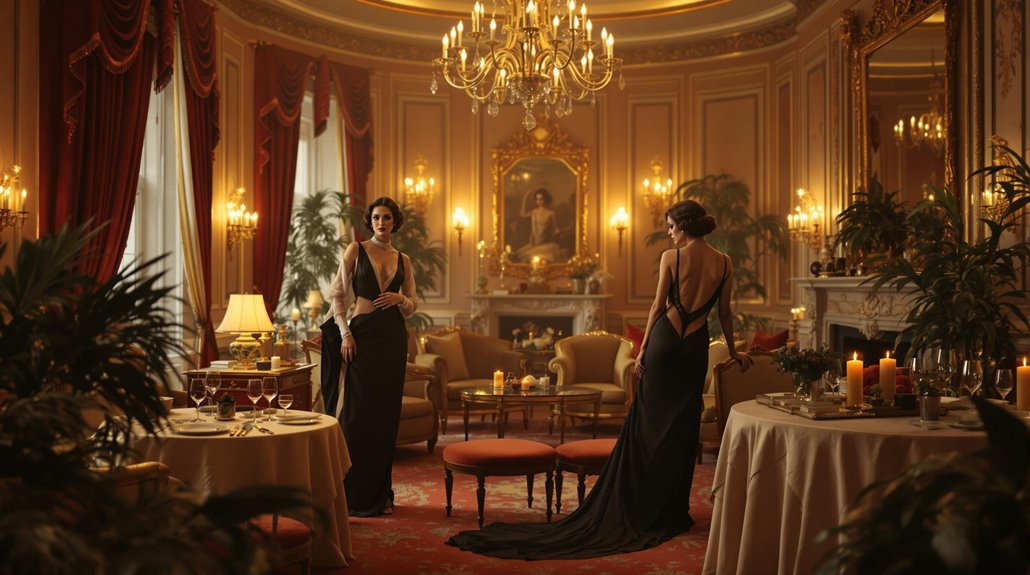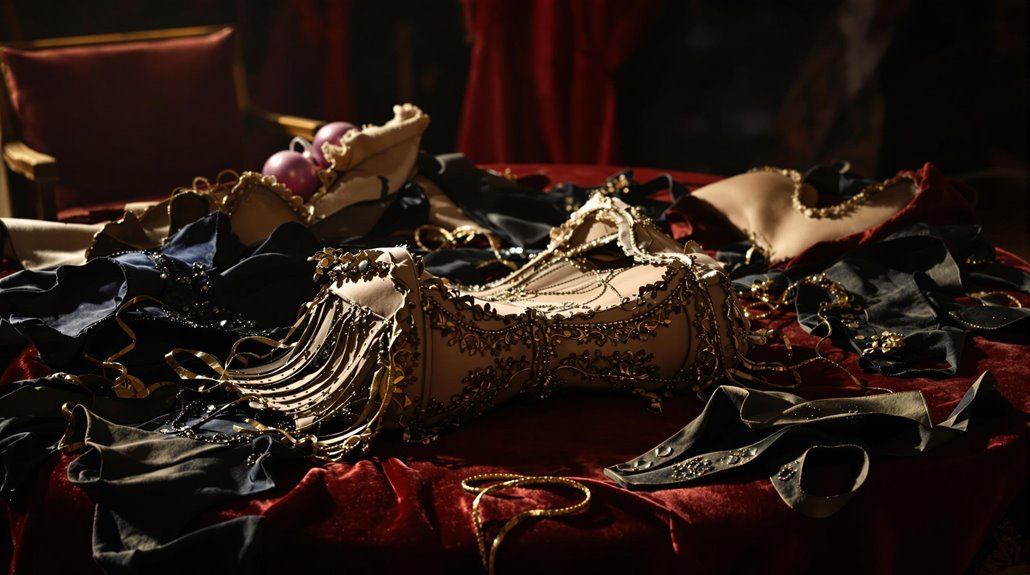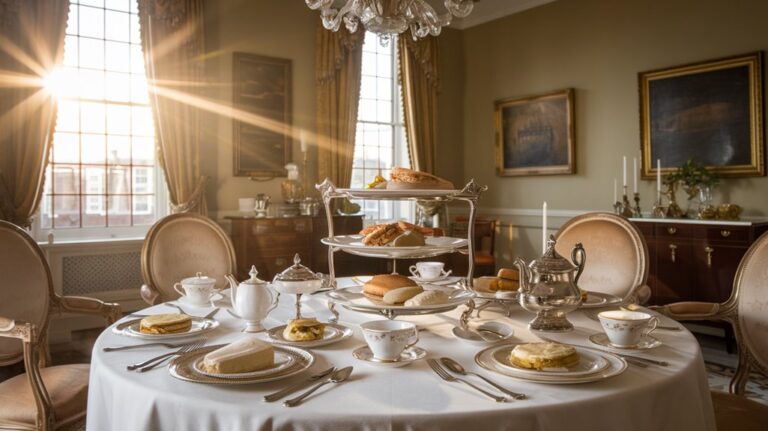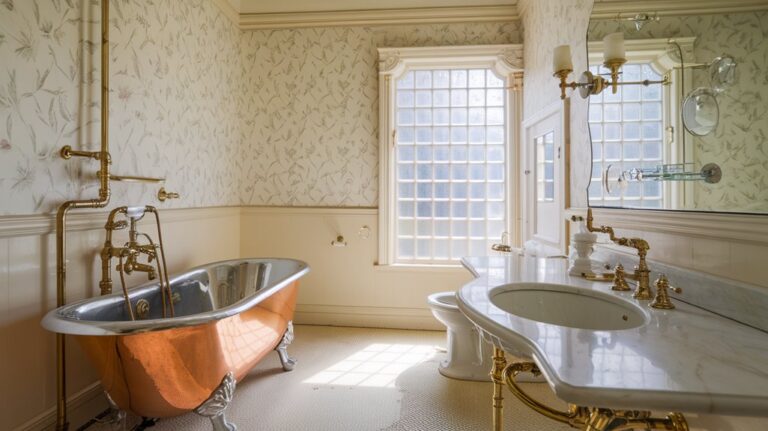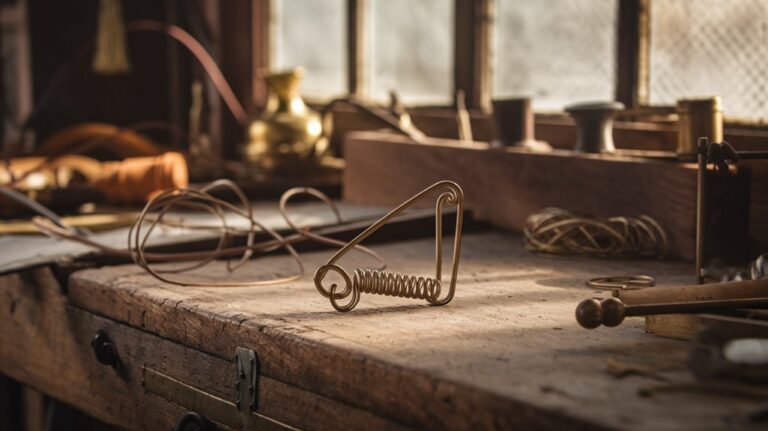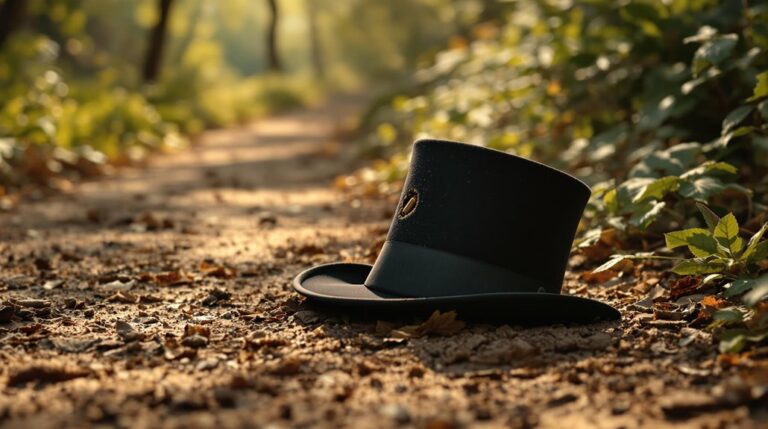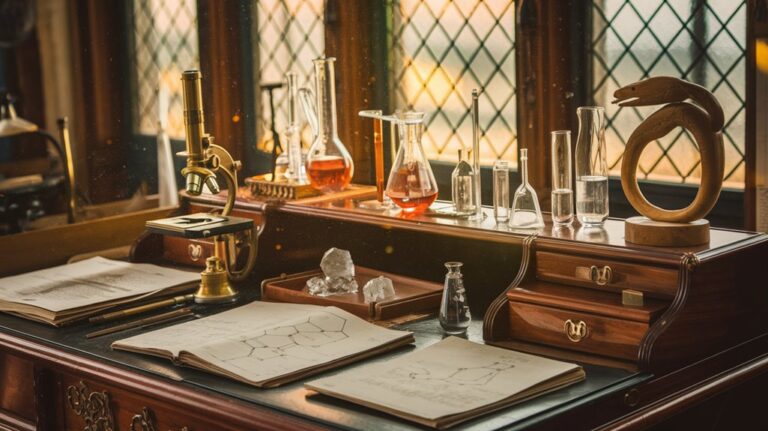Caresse Crosby’s “Backless Brassiere”: The High-Society Party That Banned Corsets
You've probably heard about fashion revolutions, but none quite match the night Caresse Crosby changed how women dressed forever. In 1914, as a 19-year-old debutante preparing for a high-society ball, she faced a common frustration: her corset kept poking through her sheer evening gown. What happened next didn't just solve her wardrobe crisis—it sparked a movement that would reshape fashion, challenge social norms, and give women a new kind of freedom.
A Debutante's Dilemma: The Night That Sparked a Revolution
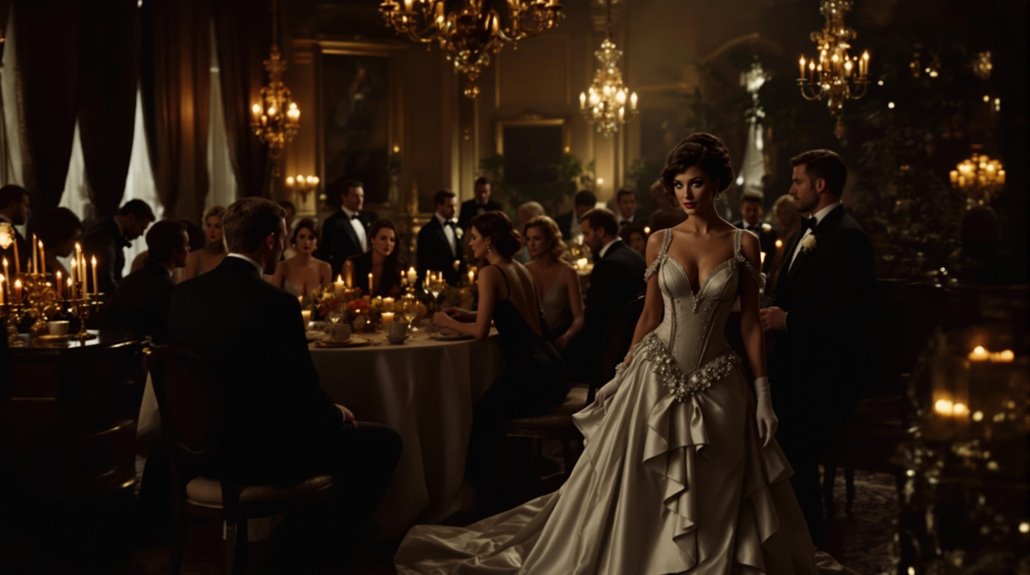
While women of 1910 remained constrained by rigid whalebone corsets, 19-year-old Mary Phelps Jacob faced a wardrobe crisis that would revolutionize women's undergarments. As she prepared for her debutante fashion debut in New York City, Jacob discovered her traditional corset was visible beneath her sheer, plunging evening gown.
Refusing to let restrictive fashion dictate her comfort, she took matters into her own hands. With quick thinking and her maid's help, Jacob crafted an innovative corset alternative using two silk handkerchiefs, pink ribbon, and cord. She later named her invention the Backless Brassiere and patented it. Her invention would later earn her fifteen hundred dollars when she sold the patent to Warner Brothers Corset Company.
This improvised solution not only concealed perfectly under her gown but also allowed her to move and breathe freely throughout the ball. Her creative response to a common fashion dilemma caught the attention of other guests, who enthusiastically sought their own versions of her comfortable creation.
From Silk Handkerchiefs to Fashion History
Long before transforming into revolutionary lingerie, silk handkerchiefs enjoyed a rich history as coveted fashion accessories spanning ancient civilizations to European nobility.
You'll find their handkerchief history woven through ancient Egypt's white linens and Greece's perfumed squares, evolving into status symbols across cultures. Wealthy Egyptians used small linen handkerchiefs to showcase both hygiene and social status.
During the Renaissance, these delicate pieces became essential accessories, with their fashion evolution reaching new heights in the Victorian era. They weren't just practical items – they served as tokens of affection and carried secret messages between lovers. By the late 1800s, handkerchief signals became a sophisticated way to express romantic intentions without words.
King Louis XVI's decree for uniform squares and Catherine de Medici's imported Italian designs elevated handkerchiefs further in high society.
Even as pocket squares emerged with modern suits, their legacy lived on until Kleenex's disposable tissues changed how you'd use these once-precious accessories forever.
The $1,500 Patent Sale That Made Millions
In 1914, a single business decision transformed Caresse Crosby's innovative brassiere design into a multimillion-dollar industry. The patent valuation of $1,500 (worth about $35,000 today) seemed fair to Crosby when she sold her invention to Warner Brothers Corset Company in Bridgeport, Connecticut.
Her groundbreaking design, crafted from silk handkerchiefs and ribbon, revolutionized women's undergarments forever.
What you might find fascinating is how this business strategy played out differently for each party.
While Crosby's own Fashion Form Brassière Company struggled and eventually closed, Warner Brothers turned the patent into a goldmine, earning over $15 million across three decades. The company's success marked the beginning of the end for traditional whale baleen corsets.
Though they discontinued Crosby's original design after poor sales, their ownership of the patent helped build their company into an industry powerhouse.
You'll appreciate the irony: Crosby's modest patent sale laid the foundation for Warner Brothers' enduring success in women's undergarments.
Breaking Free: How the Backless Brassiere Changed Women's Lives
After decades of struggling with restrictive corsets, women found liberation through Caresse Crosby's revolutionary backless brassiere in 1914. You'll understand why this invention sparked a freedom movement: the innovative design separated breasts naturally, improved breathing, and allowed unprecedented mobility for activities like tennis.
The backless brassiere's impact extended far beyond fashion. It challenged traditional beauty standards, promoting early body positivity by adapting to different body types. The design marked a significant shift from the Victorian era corsets that had dominated women's fashion for generations. Modern research shows that natural body functions were significantly impaired by traditional brassieres, making Crosby's innovation even more important.
You'd notice how it transformed women's lives in the workplace, sports, and everyday activities. The lightweight, comfortable design meant you could finally move freely without the constraints of rigid corsets.
This breakthrough influenced future innovations, from sports bras to specialized support garments, fundamentally changing how women dressed and moved through the world.
The Great Corset Debate of the Early 1900s
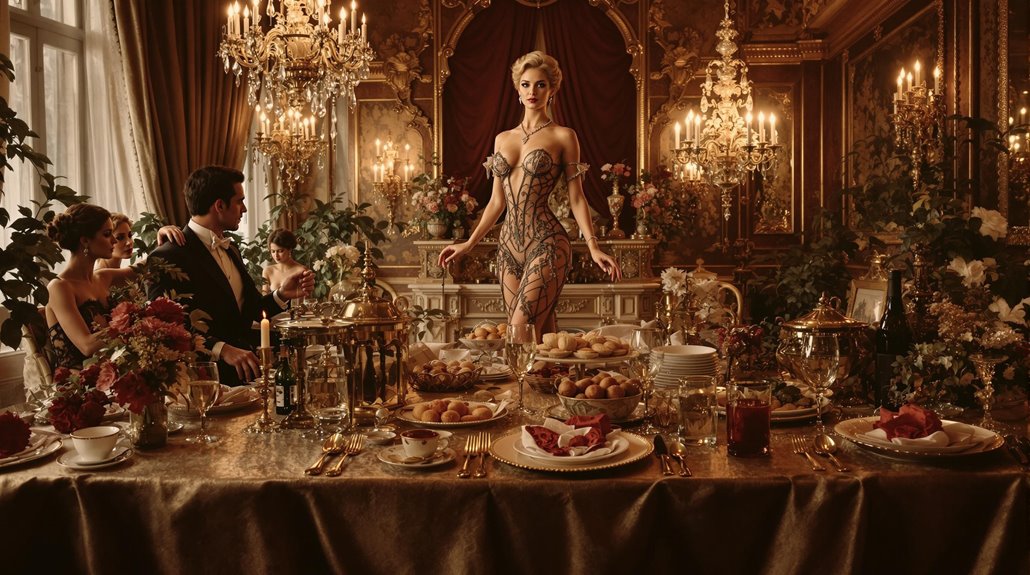
The fierce corset debate raged across medical journals, newspapers, and society pages during the early 1900s.
Prior to 1870, male voices dominated the medical discourse surrounding corsetry and its effects on women's health.
You'd find passionate arguments on both sides of the corset controversies, from doctors warning about organ displacement and breathing difficulties to defenders claiming corsets could prevent tuberculosis.
Women's health became a central battlefield, with The Lancet publishing conflicting medical opinions about the dangers of tight-lacing.
Mothers often introduced their daughters to flexible corsets at seven, emphasizing gradual shaping rather than forced compression.
While some saw corsets as essential tools of feminine virtue and beauty, critics condemned them as instruments of patriarchal control.
You couldn't open a women's magazine without finding heated discussions about natural versus artificial beauty standards.
The debate even spilled into discussions of sexuality, with moral panic erupting over suggestions that some women found pleasure in corseting.
These tensions reflected deeper societal conflicts about women's roles and bodily autonomy.
Beyond the Bra: Caresse Crosby's Lasting Impact on Fashion
While Caresse Crosby's backless brassiere revolutionized women's undergarments, her influence extended far beyond fashion's foundations. Her fashion innovation sparked a multimillion-dollar industry, with Warner Brothers Corset Company earning $15 million from her patented design over three decades. Born as Mary Phelps Jacob, she would later become a pioneering force in both fashion and literature.
 simple two-handkerchief solution to replace her restrictive corset before a debutante ball.
simple two-handkerchief solution to replace her restrictive corset before a debutante ball.
You can trace her impact through the evolution of women's fashion, as her bra design enabled new styles featuring lower necklines and backless dresses.
But Crosby's contribution to women's liberation wasn't limited to undergarments. As a champion of artistic expression, she established the Black Sun Press, publishing works by legendary authors like James Joyce and D.H. Lawrence.
She commissioned artwork from renowned artists like Picasso and hosted influential literary salons. Through her entrepreneurial spirit and advocacy for women's rights, she helped reshape both the fashion landscape and cultural boundaries of her time.

